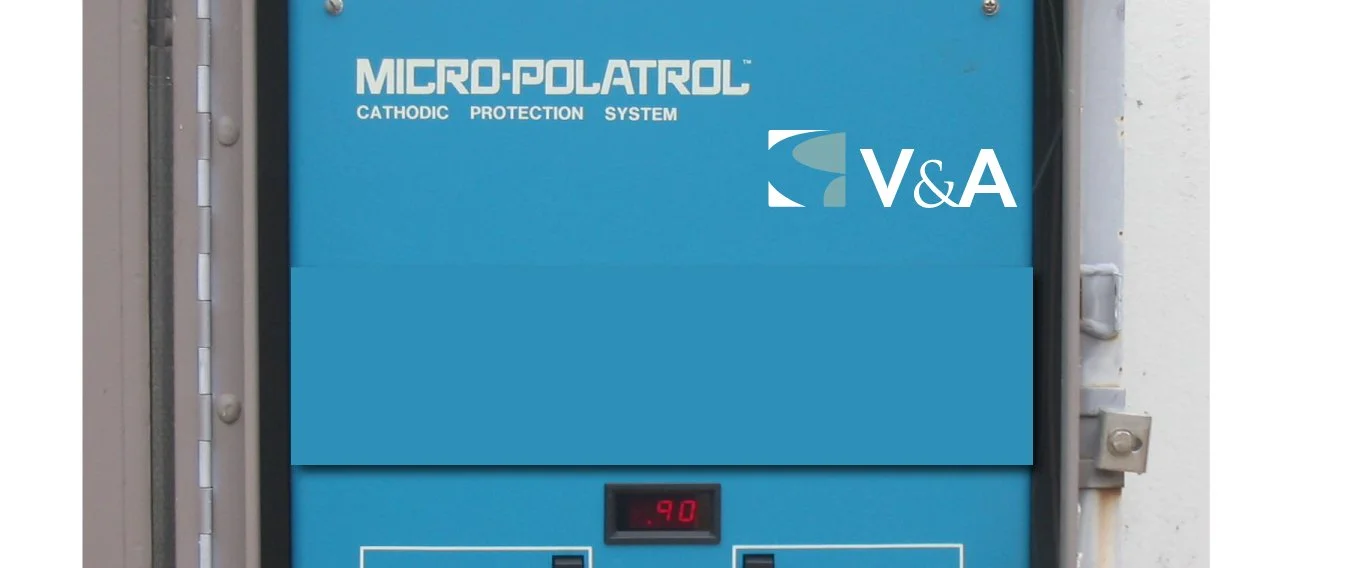Unprotected pipelines will eventually experience exponential increases in external wall corrosion – the installation of a new Cathodic Protection (CP) system can stop the corrosion and significantly extend service life.
Tackling your next pipeline construction project will include many elements. Thoughtful design and construction require a complete understanding of the project. Think beyond the end of your pipeline construction and consider the future performance of your project in the field. Plan for the longevity of a new pipeline and extend the life of existing, unprotected pipelines for a small percentage of your budget by including a proven corrosion prevention method - Cathodic Protection (CP) System.
When you are new to corrosion prevention and cathodic protection, understanding your needs and options seems complex. In this blog, we outline the cost and key questions to consider when adding Cathodic Protection to a planned and existing pipeline. As a general guideline, we estimate that a new CP System will cost less than 1% of your total project cost and can significantly extend the service life of the pipeline. Given the benefits of corrosion protection provided with this method, the added project value is extremely high. There are specific factors that optimize the design and cost of a CP System, which are considered below.
What factors impact the design and cost of adding a Cathodic Protection System to a pipeline?
1. What is the Pipeline Project Scope?
The total scope of the pipeline project is the largest factor influencing the design and construction cost of a CP System. When designing the appropriate CP system for your pipeline, we consider the size, complexity, and material of the pipeline in designing the ideal system.
2. What are the Local Conditions for the Pipeline Placement?
Placement of the pipeline and the location where the pipeline will be installed are key factors. CP System design will be determined by the immediate environment of the pipeline, existing structures, as well as physical geography. Water and soil corrosion data is analyzed to design a complete corrosion solution in addition to the incorporation of applicable U.S. State design and construction requirements.
3. What type of CP System will best support the Pipeline? There are two types of CP Systems that can be used for pipeline corrosion prevention.
Galvanic cathodic protection uses electrochemical current and the potential differences between the anode and the cathode. Though inexpensive and simple to operate, galvanic systems provide a little margin for design error and do not allow for increased current output when operating conditions or the environment change. A typical galvanic CP system for a pipeline is shown below.
Galvanic Cathodic Protection
Impressed cathodic protection systems are the other CP System option and require electric power to support a rectifier to convert power from AC to DC. Impressed systems also utilize a deep well anode bed and current output can be adjusted to provide protection for the pipeline as needed. Impressed systems are more complicated in nature and the operation of these systems should be provided by qualified personnel. A typical impressed CP system is shown below.
Impressed Cathodic Protection
For both CP system types, designers must consider control points, test stations, instrumentation, and the maintenance of the system in their design plans.
4. What Systems Checks are needed to support the CP System?
The best performing CP Systems are tested and proven. QA/QC for each design submission is critical, and design changes can be cost-impacting. Post-construction final CP system commissioning and testing will also need to be a line item in your planning when you want to include a complete system performance confirmation.
There are many potential factors that will impact the design and construction of a pipeline CP System. Likewise, there are many project benefits to be realized through CP System additions to your pipeline for comparatively little investment. V&A Corrosion Engineers analyze the unique project factors necessary to design and support the construction and maintenance of your project. Our engineers design Cathodic Protection (CP) Systems in support of pipeline projects. Our goal is to assist our customers in each step of the design process for CP Systems to maximize value and provide the most effective pipeline performance.
Protect the life value of pipelines now, start a dialog with our corrosion engineers, who are NACE certified and seasoned in designing CP designs at value-driven costs.



